 |

| |
|
Books on eBay ??? 
|

by Akira Kato
May 24, 2002
The Middle Ages: OverviewEarly Middle Ages: 600-1000Carolingian Renaissance Charlemagne 768 - 814 Who was
Charlemagne? Highpoint: Reign of Charlemagne 768-814 AD Charlemagne expanded his kingdom (the Frankish Kingdom)
considerably. The High Middle AgesHigh Points: Catholic Church as the wealthiest and most powerful institution in medieval Europe Gothic architecture Chivalry as the culture of the medieval nobility The Miniature to the right, taken from an illuminated manuscript painted around 1310, illustrates medieval concepts of chivalry. The knight, who is also a troubador who writes love songs, kneels before his lady before going off to war. His tunic is adorned with numerous representations of the letter "A" , signifying the word Amor, the Latin word for love. Both figures are slim and graceful, Gothic ArchitectureFlying buttresses Ribbed Vaults Pointed Arches Stained glass windows Stained glass windows were a characteristic part of Gothic churches and Cathedrals, and often, as in this case (Strasburg Cathedral) portrayed scenes from the life of Christ. Here, as Jesus dines in the house of a pharisee, Mary Magdalene washes his feet. The Black Death, 1347-1380Bubonic Plague LIVES IN BROWN RATS TRANSMITTED TO HUMAN POPULATION FROM DEAD RATS VIA FLEAS SYMPTOMS: SWELLING IN ARMPITS & GROIN IF SWELLINGS BURST, DEATH INEVITABLE IT HAD RAVAGED MEDITERRANEAN BASIN OF ROMAN EMPIRE, 3RD C. AD & REMAINED IN CHINA AND CENTRAL ASIA 1348 -- The Fateful Year BROUGHT TO SHORES OF BLACK SEA VIA THE CARAVAN ROUTE FROM CHINA ITALIAN SAILORS CAUGHT IT THERE AND BROUGHT IT TO CONSTANTINOPLE, then FRANCE, ENGLAND, GERMANY and THE BALTIC LANDS Who caught the plague? THE YOUNG, THE OLD, THE SICK, THE INFIRM WERE MOST VULNERABLE REPEATED BAD HARVESTS IN EARLY 14TH CENTURY HAD LEFT THE ENTIRE POP. VULNERABLE WORSE IN RURAL AREAS THAN IN TOWNS Results of the PlagueKILLED APPROX. 30-50% OF EUROPEAN POPULATION HUGE NUMBERS OF VILLAGES WERE COMPLETELY WIPED OUT GRAIN PRICES FELL BETWEEN 1370-1500 FOR THOSE LEFT, MORE LAND, MORE MEAT, MORE JOBS, HIGHER WAGES As you can see from the chart to the right, the European population was lower in 1450 than in 1350. Not until the 16th c. did European population reach the level at which it stood prior to 1348. The Cultural Impact of the Black Death For those who survived, the Black Death intensified the morbid fears and fascination associated with death and decay. Around 1400, the Dance of Death (Totentanz) became a dominant theme in art and literature. The elements in this theme were: 1. "in the midst of life, we are in death" 2. death as the great leveler of social and economic distinctions. Holbein's complete Totentanz (complete with period music) is at the following website: http://www.delago.de/ttanz/index.htm Late Middle Ages 1350-1500The "New Monarchies" France, Spain, England New monarchies were larger, more centralized, and this gave their rulers more power than in the older medieval kingdoms. France around c.1430 Spain in the Middle Ages Society in the Late Middle AgesNobility: 1% of population Church: 1% of population Townspeople: 5-10% of population Peasants & agricultural laborers: approx. 90% Nobility Higher Nobility: Princes Dukes Counts Lower Nobility: Barons Knights The nobility ruled medieval society through its monopoly on: 1.Land & Lordship
Engraving of an ideal Christian knight by Albrecht Duerer (1471-1528) Portrait of Count Loewenstein by the German artist Hans Grien. The Church hierarchy Townspeople Cities and towns in the Late Middle Ages and the Renaissance accounted for roughly 10% of the European population. The typical town or city had three major social groups: 1. A wealthy elite of bankers and wholesale merchants dealing in long distance trade and finance 2. Middle class artisans and traders with small and middle sized workshops or stores. 3. Laborers, apprentices, etc. Portrait of a rich merchant by Hans Holbein the Younger Rich and Poor Peasants The peasantry of late medieval and early modern Europe made up the vast majority (90%)of the population, but there were great social and economic variations within the peasantry as a group. All peasants, both rich and poor, were involved in the market economy, since all needed money to pay their rents and taxes. Work & Leisure in the Late Middle Ages The "Cycle of the Months" frescoes in Trent, Italy, painted around 1400. January With the harvest already in and the ground frozen, the peasants had very little to do in January. Lords and Ladies take pleasure in a snowball fight, the first in recorded history. February: Another month of relative inactivity for the peasants but a busy month for the nobility. April: The agricultural season begins. July: Mowing Hay August: Harvesting grain September: Harvesting grapes The ManorBasic economic unit in medieval and early modern Europe The RenaissanceThe political, intellectual, & cultural flowering, especially in the cities of Italy and the Low Countries in the 15th and 16th centuries, but also in France, Germany, and England in the same period. Portraits first emerged as a major art form in the Renaissance. This is a portrait of Federigo da Montefeltro, Duke of Urbino, and his son painted by Pedro Berruguete around 1480. Centers of the Renaissance Aspects of the Renaissance Politics: Philosophy and Ideas: Culture: The Italian Renaissance Monarchies: Republics: FlorenceMost important center of Renaissance culture Dominated since the 1430s by the Medici, a wealthy banking family in Florence. The Medici ruled as virtual despots, but kept the facade of republican rule. In the 15th century, The Medici rulers, Cosimo, Piero, and, finally, Lorenzo the Magnificent, were great patrons of the arts. Like all the great Renaissance patrons, they used art to express their power, grandeur, and pretensions to political legitimacy. VeniceOligarchic Republic Most powerful city state in Renaissance Italy Its greatest sea-power Dominated trade with the Near East Unlike Florence, where patronage of the arts was dominated by powerful families like the Medici, art patronage in Venice was dominated by the wealthy Scuole (religious fraternities). The Scuole played a major role in the social and political life of Venice, and they commissioned prominent artists to decorate their chapter houses with frescos like the one below: Venetian government: Doge (chief executive) elected for life Grand Council (hereditary families) Council of Ten the Doge Leonardo Loredan Venetian Society in the Renaissance Hereditary nobility -- 4% Middle class citizens -- 11% Workers & Artisans -- 85% Although Venetian laws clearly distinguished the nobility from the middle class citizens, the two social groups were indistinguishable in their dress. Note that the modest and somber apparel worn by the young nobleman pictured below in the portrait by Giovanni Bellini. The Venetian Scuole Religious Fraternities Social integration Said prayers for the dead Maintained hospitals & orphanages Encouraged religious piety and political patriotism The Scuole as Art Patrons Rome and the Renaissance Popes Martin V (1417-1431) Eugenius IV (1431-1447) Nicholas V (1447-1455) Calixtus III (1455-1458) Pius II (1458-1464) Paul II (1464-1471) Sixtus IV (1471-1484) Innocent VIII (1484-1492) Alexander VI (1492-1503) Pius III (1503) Julius II (1503-1513) Leo X (1513-1521) son of Lorenzo de’ Medici Adrian VI (1522-1523) Clement VII (1523-1534) nephew of Lorenzo de’ Medici Paul III (1534-1549)
| |
|
| ||
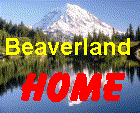
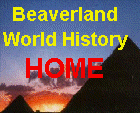






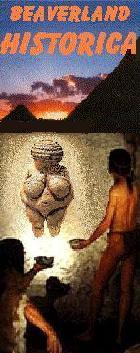



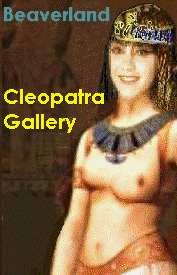
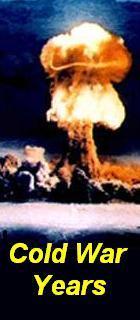

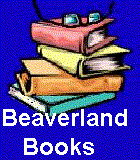

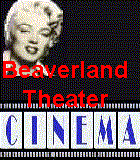

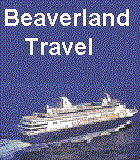

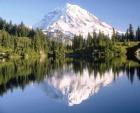

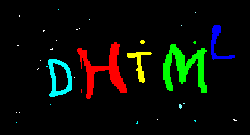
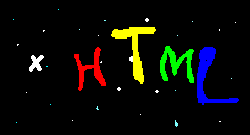

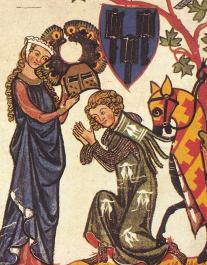
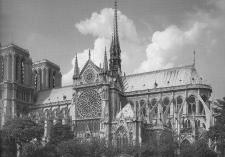


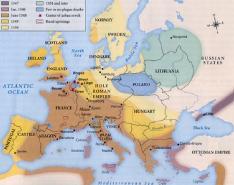
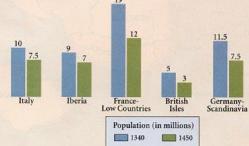
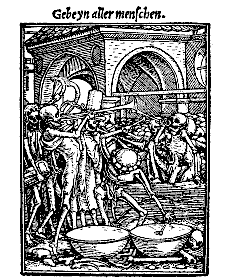

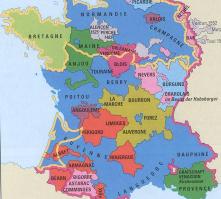
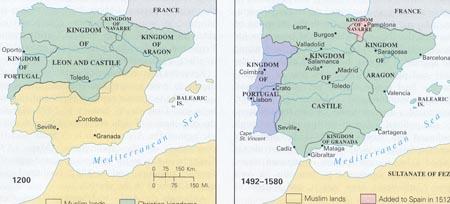

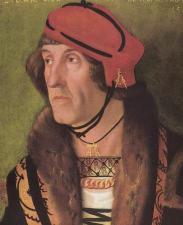
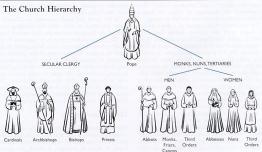
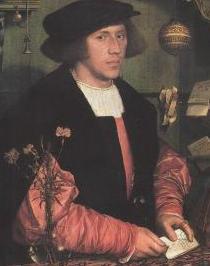
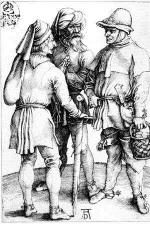


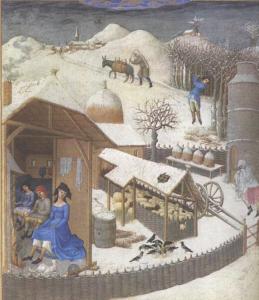




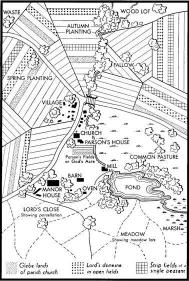
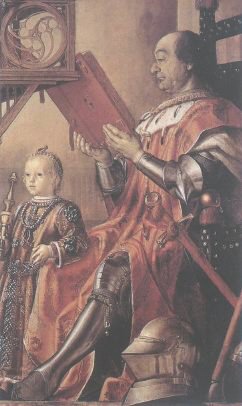



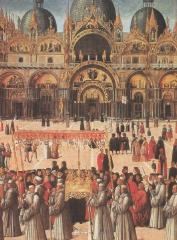

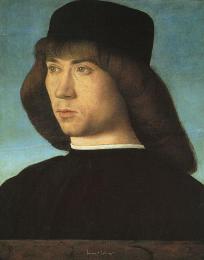
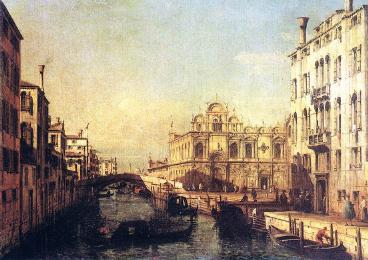

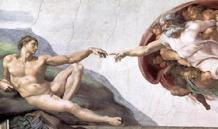
 to the Ancient World
to the Ancient World